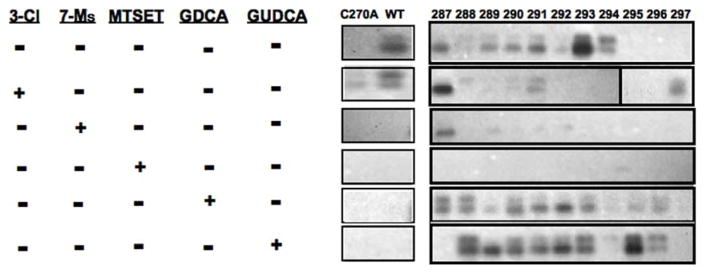Figure 6. Western blot from MTSEA-biotin labeling studies of cysteine mutants in TM7.
MTSEA-biotin was reactive towards cysteines, particularly hASBT’s Cys-270, which is solvent-accessible. hASBT or mutants were labeled with MTSEA-biotin, before (line 1) and after pre-incubation with 3β-Cl-CDCA (line 2), 7α-Ms-CDCA (line 3), MTSET (line 4), or native bile acids GDCA (line 5) or GUDCA (line 6). Results from 3β-Cl-CDCA or 7α-Ms-CDCA pre-incubations were similar to MTSET pre-incubation, reducing biotinylation, suggesting that these chlorinated bile acids react with cysteines and limit any subsequent MTSEA-biotin labeling. In particular, the chlorinated bile acids reduced biotinylation of C270A mutants with cysteines introduced in TM7. Meanwhile, the native bile acids GDCA and GUDCA generally increased biotinylation of TM7 via alternating access, rather than inhibiting biotinylation.

